Stop Killing Your Primroses: The Real Way to Make Them Thrive
I still remember the first primroses that really made an impression on me. They weren’t sitting in a perfect little pot at a garden center. Nope. They were pushing their way through a blanket of damp, forgotten leaves at the edge of a wooded area, their simple, pale yellow flowers a quiet signal that spring was on its way. That image has stuck with me for years, and honestly, it’s the whole secret to understanding these plants. Primroses don’t want to be pampered; they just want to be understood. They want conditions that feel like home.
In this article
So many of us grab a pot of primroses from the supermarket for a quick splash of color. We enjoy them for a few weeks, and then, well, they end up in the compost bin. But these plants are way more resilient than we give them credit for! With just a little know-how, they can become a permanent, beloved part of your garden, coming back year after year. This isn’t about secret tricks; it’s about a solid method that gives the plant what it actually needs.
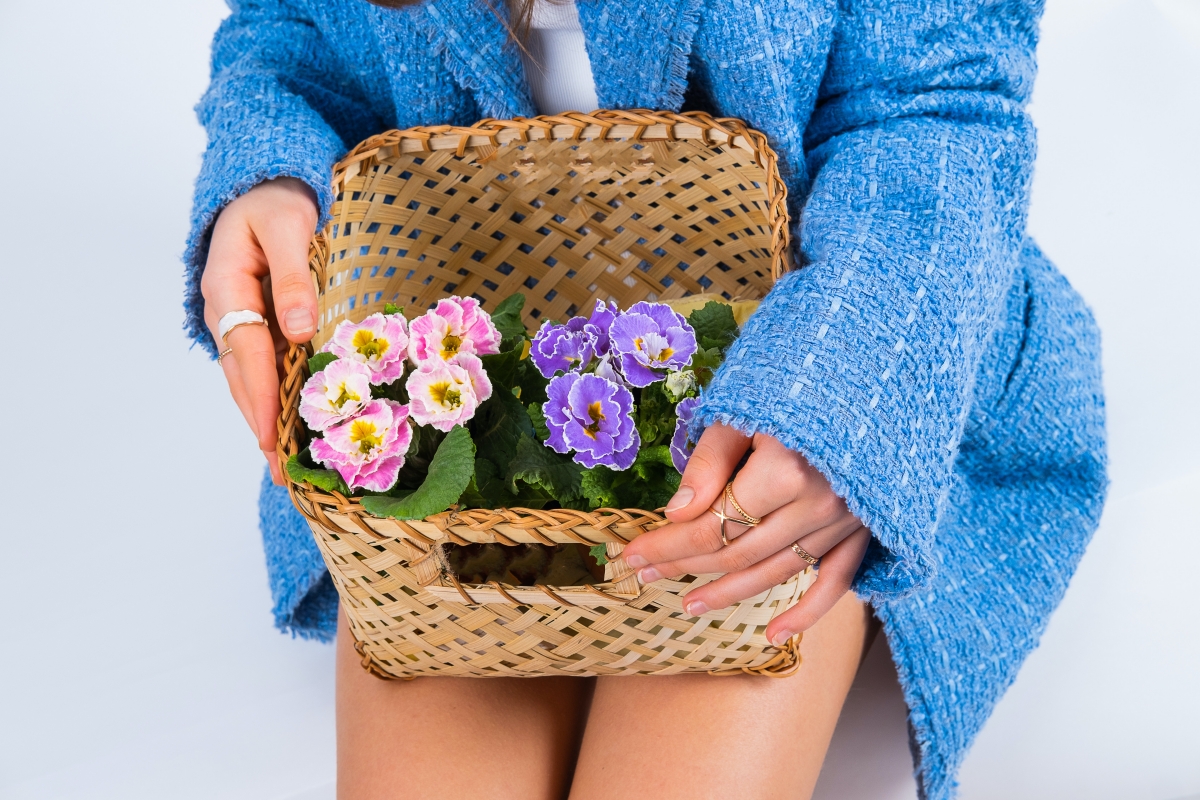
First, Let’s Get to Know the Family
Before you even think about planting, it helps to know what you’re dealing with. The word “primrose” actually covers a huge family of plants that mostly come from cool, damp, and shady places—think woodland edges, stream banks, and misty mountain meadows. Just remembering that origin story will stop you from making the most common mistake I see: planting them in a hot, dry, sunny spot next to things like lavender. It’s a recipe for disaster because you’re fighting the plant’s very nature.
You’ll probably run into a few main types at the garden center, and knowing the difference is a game-changer:
- The Classic Woodland Primrose: This is that traditional, pale-yellow flower you picture in an old-fashioned garden. It’s perfect for creating a natural, soft look under deciduous trees or along a shady path. It stays low to the ground and spreads gently.
- The Polyanthus Primrose: These are the rock stars of the primrose world—the ones you see with bold, bright clusters of flowers in every color imaginable, all held up on a single, taller stalk. They’re fantastic for adding a big punch of color to containers or front-of-the-border spots that get morning sun.
- Cowslip: A bit more shy and delicate, cowslips have clusters of smaller, bell-shaped yellow flowers that droop elegantly. They tend to like a bit more sun than other primroses and look amazing in a meadow-style garden or a grassy patch.
- Candelabra Primroses: These are real showstoppers. They shoot up a tall stem with rings of flowers arranged in tiers, just like a candelabra. They absolutely MUST have moist soil to thrive, so they are the perfect choice for a bog garden, the edge of a pond, or a spot in your yard that’s always a bit damp.
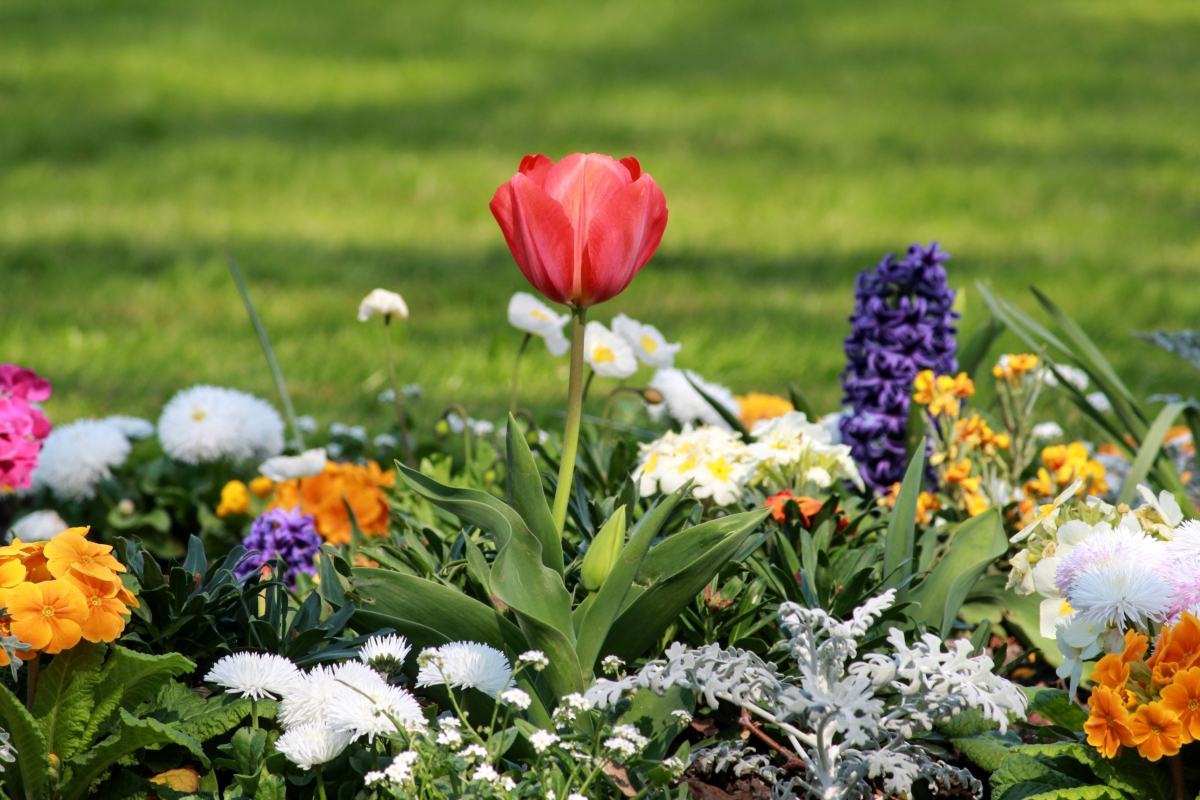
Location, Location, Location: Getting the Light Right
Where you plant your primrose determines at least half of its success. You’re trying to copy the conditions of a cool forest floor. Simple as that.
Primroses are plants that live in dappled shade. Imagine the kind of light that filters down through the leaves of big trees—that’s their happy place. In early spring, before the trees leaf out, they get plenty of gentle sun to fuel their big flower show. Then, as summer arrives and the canopy fills in, they get protected from the harsh afternoon sun.
Too much direct sun will literally scorch their leaves, leaving ugly brown patches. A south-facing garden bed that gets baked all afternoon is a death sentence. The best spot? The east or north side of your house, a wall, or some taller shrubs. An east-facing spot is ideal because it gives them gentle morning sun and shade for the rest of the day.
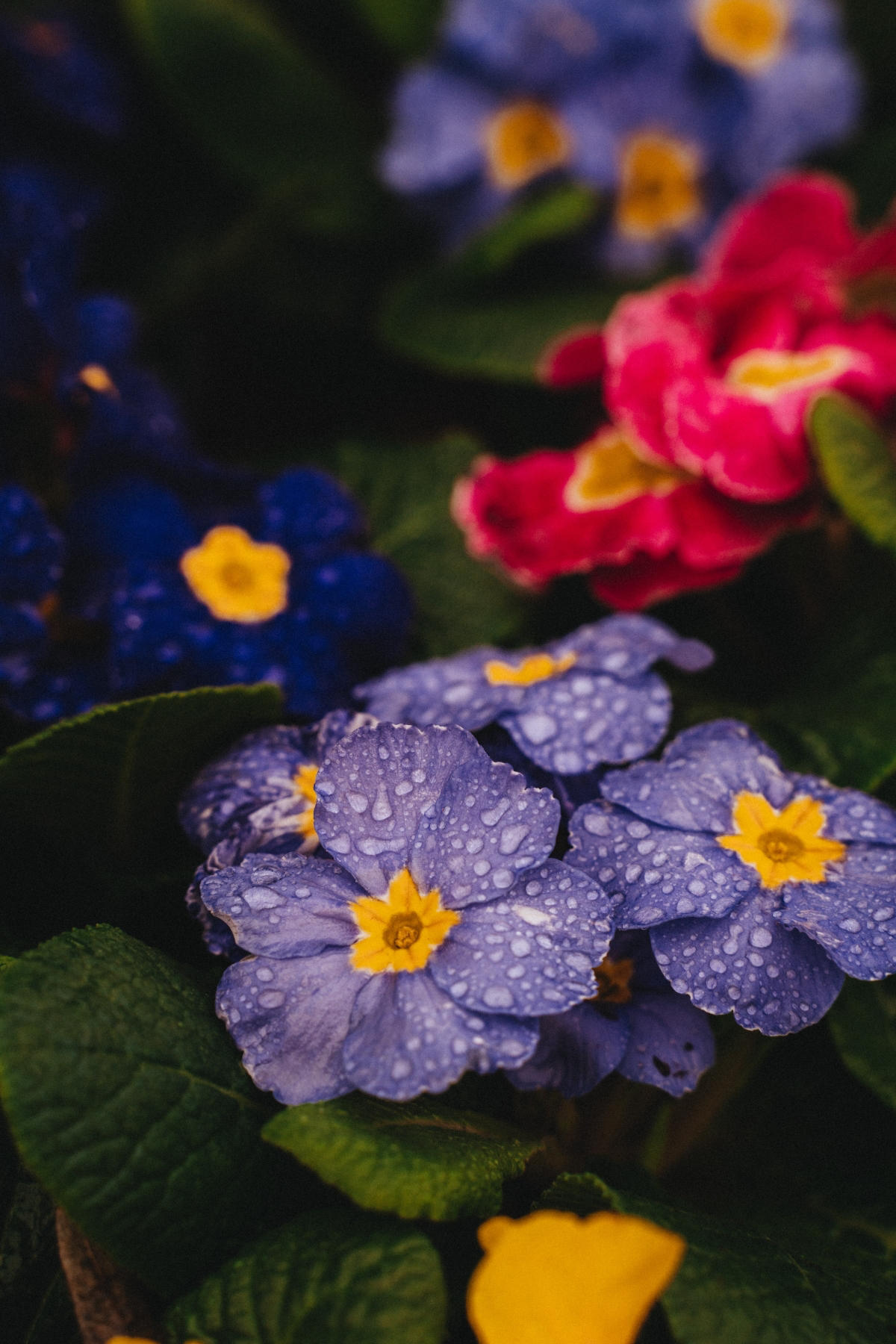
Heads up! Most primroses are tough perennials that can handle cold winters. In fact, they need a cold period to rest and set buds for next spring. A good layer of snow is actually a bonus, acting like a perfect fluffy insulator. They also crave cool roots, so a 2-3 inch layer of organic mulch like shredded leaves or bark is fantastic for keeping the soil temperature down in the summer. Just don’t use rock or stone mulches, which tend to heat up the soil.
The Foundation: It All Starts with the Soil
Get the soil right, and you’ve already solved 90% of your future problems. For primroses, the holy grail is a soil that’s rich, moist, and well-drained all at the same time. I know that sounds like a contradiction, but it’s totally achievable.
The worst possible soil is heavy, compacted clay that turns to soup when wet and concrete when dry. Primrose roots need to breathe, and in that kind of soil, they’ll just rot.
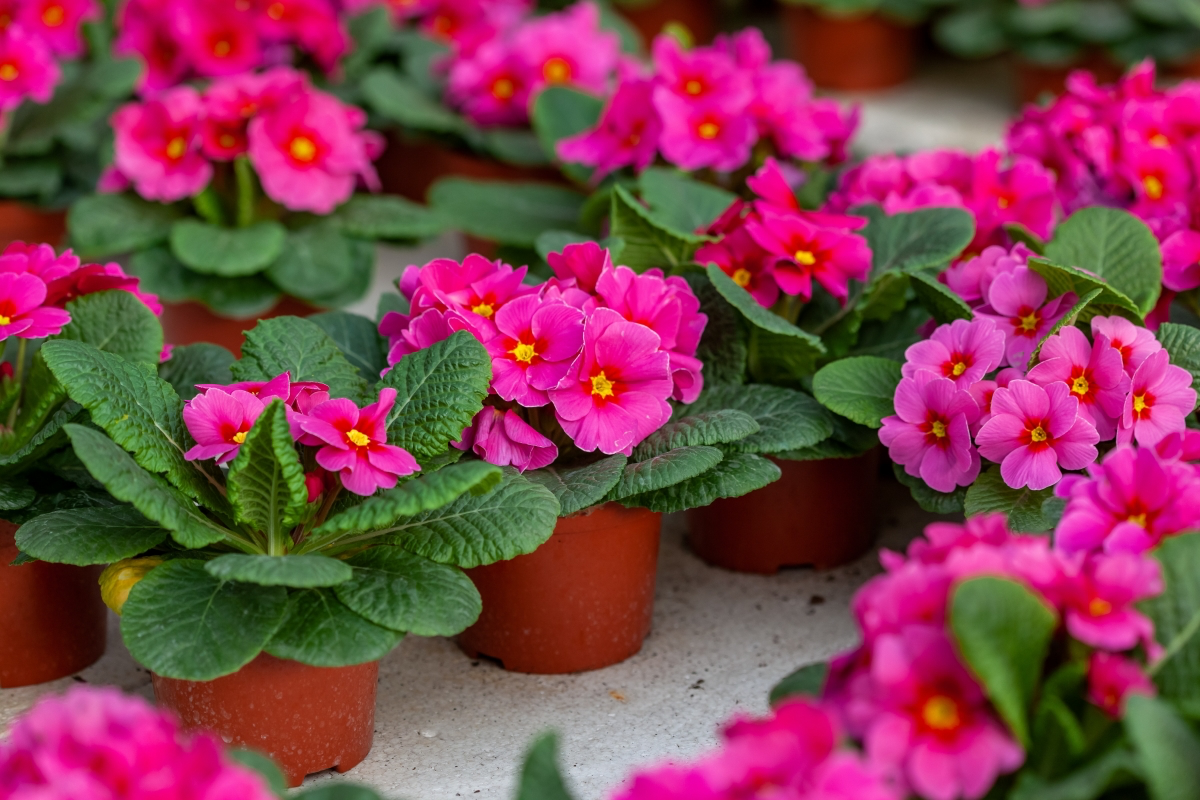
My Go-To Primrose Bed Recipe
When I’m prepping a new spot for primroses, I dig down about a foot and mix the soil I removed with an equal amount of organic matter. My absolute favorite is leaf mold—it’s literally what they grow in naturally on the forest floor. Good-quality, well-rotted garden compost is a great alternative.
To make this feel more real, let’s say you’re creating a small 3×3 foot primrose patch. Here’s a rough shopping list:
- Primrose Plants: 4-5 plants. This gives them room to grow. They should be about $5-$8 each at a decent nursery.
- Leaf Mold or Compost: One large bag (about 1.5-2 cubic feet) should be plenty. Expect to pay around $10-$15.
- Mulch (optional but recommended): A bag of shredded bark mulch will run you another $5-$8.
When you plant them, give them some elbow room—about 8 to 12 inches apart is perfect. This allows for good air circulation and lets them fill in to form a nice, lush clump.

And what about pots on a balcony? Absolutely! Just don’t use soil from your garden, which will compact. For a single plant, grab a pot that’s at least 8 inches wide and deep. A good potting mix recipe is two parts high-quality peat-free potting soil, one part leaf mold (or coco coir), and one part perlite for drainage. And make sure that pot has a drainage hole! More primroses die from sitting in a saucer of water than anything else.
Ongoing Care: The Gentle Touch
Once they’re planted correctly, care is pretty simple. It’s all about consistency.
Watering and Feeding
The rule is simple: keep the soil consistently moist but never soggy. The finger test is your best friend and never lies. Stick your finger an inch into the soil. If it’s dry, water. If it’s moist, check again tomorrow. Water deeply at the base of the plant, not all over the leaves.
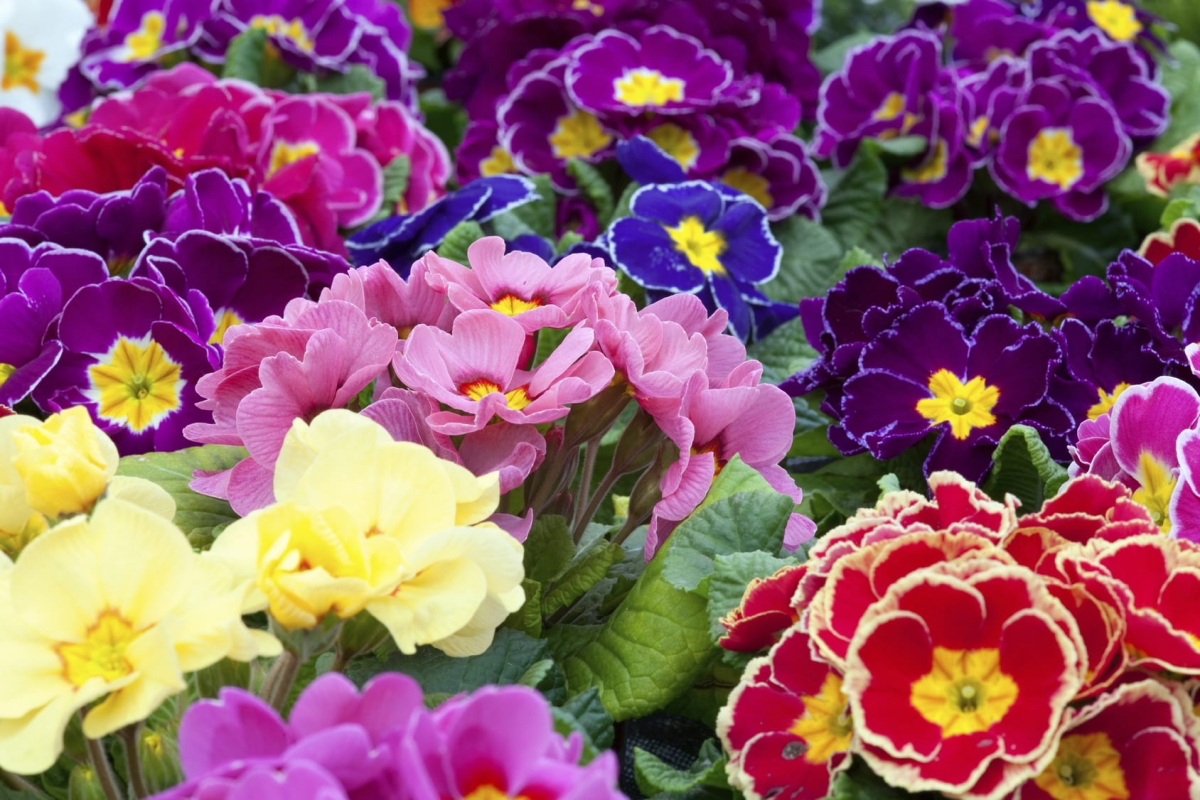
As for feeding, don’t overdo it. If you prepped the soil with plenty of compost, they might not need anything else for a year. If they start to look a bit tired after a few years, a top-dressing of fresh compost in the spring is the best and gentlest way to feed them.
Quick Win: Deadhead for More Flowers!
Here’s a trick that gives you instant results. As soon as a flower starts to fade, pinch or snip it off at the base of its stalk. Why? You’re stopping the plant from wasting energy on making seeds and telling it to produce more flowers instead. It’s a small task that makes a huge difference in how long your plants bloom.
Making More Plants for Free
After three or four years, you might notice your primrose clump is getting a bit big, maybe with a woody, non-flowering patch in the middle. This is the perfect time to divide it, which revitalizes the plant and gives you more to spread around your garden.
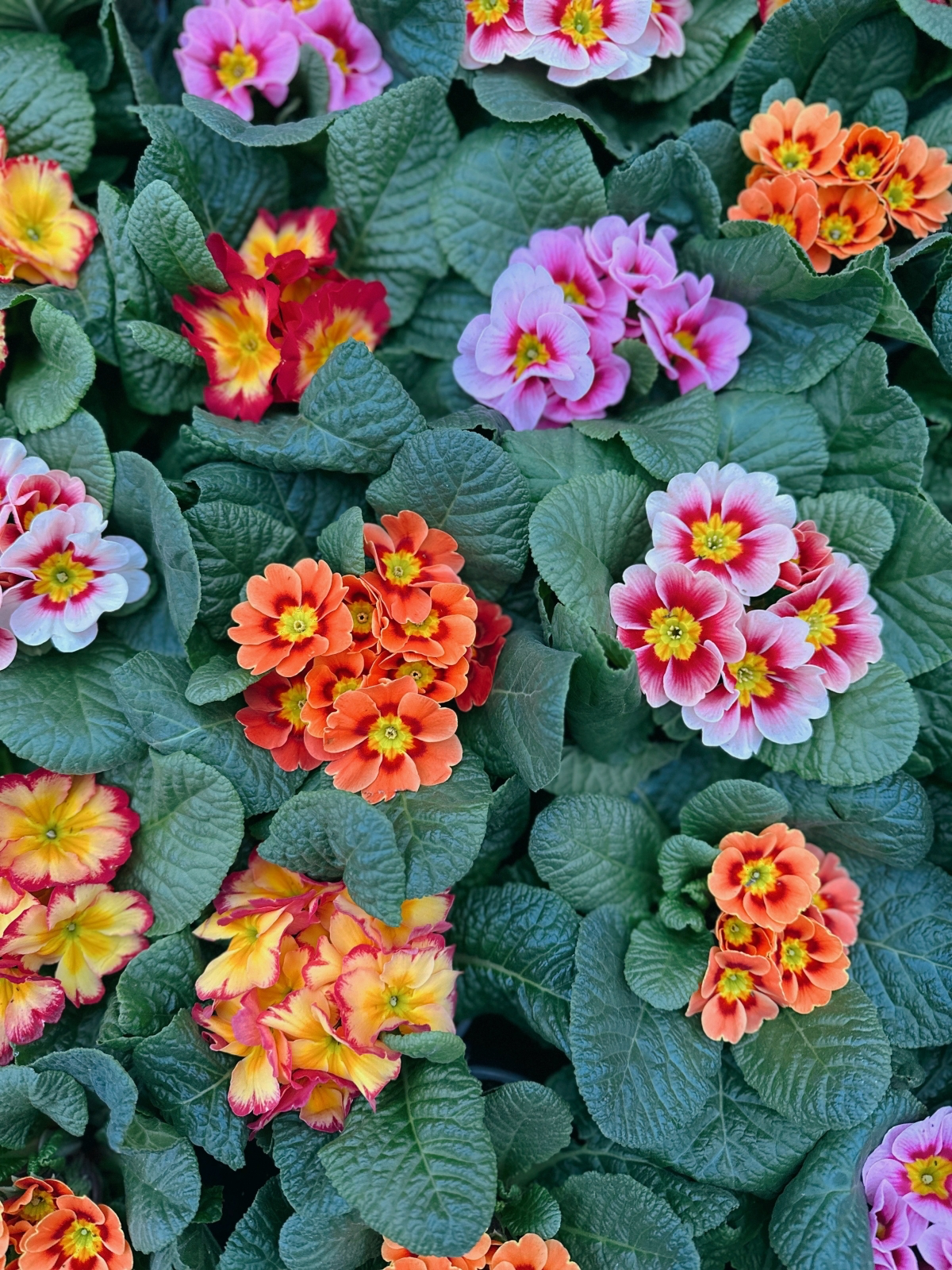
The best time to do this is right after they finish flowering in late spring. Simply lift the whole clump with a garden fork. You can often just pull the sections apart with your hands. For a really tough clump, I use my hori-hori knife—it’s my secret weapon, a sort of Japanese super-trowel that’s great for dividing perennials. But if you don’t have one, no worries. Just stick two garden forks back-to-back in the middle of the clump and pry it apart. Works a treat. Replant the new divisions right away and water them in well.
Troubleshooting the Annoying Stuff
Even healthy plants can run into trouble. Here are the two biggest culprits.
- Slugs and Snails: They love primrose leaves. You can create barriers of crushed eggshells or horticultural grit. If you need the big guns, ferric phosphate slug pellets are a good option that’s much safer for wildlife and pets than the old-school blue pellets.
- Vine Weevils: These are a more serious problem, especially for potted plants. You’ll see notches eaten out of the leaves, but the real damage is done by their grub-like larvae, which eat the roots. If a plant suddenly wilts and dies, and you can lift it right out with no roots, that’s vine weevil. The best defense is a biological one: beneficial nematodes, which you can buy from specialty garden suppliers online. You just water them into the soil. It costs around $20-$30 for a pack that treats a good-sized area and is incredibly effective.
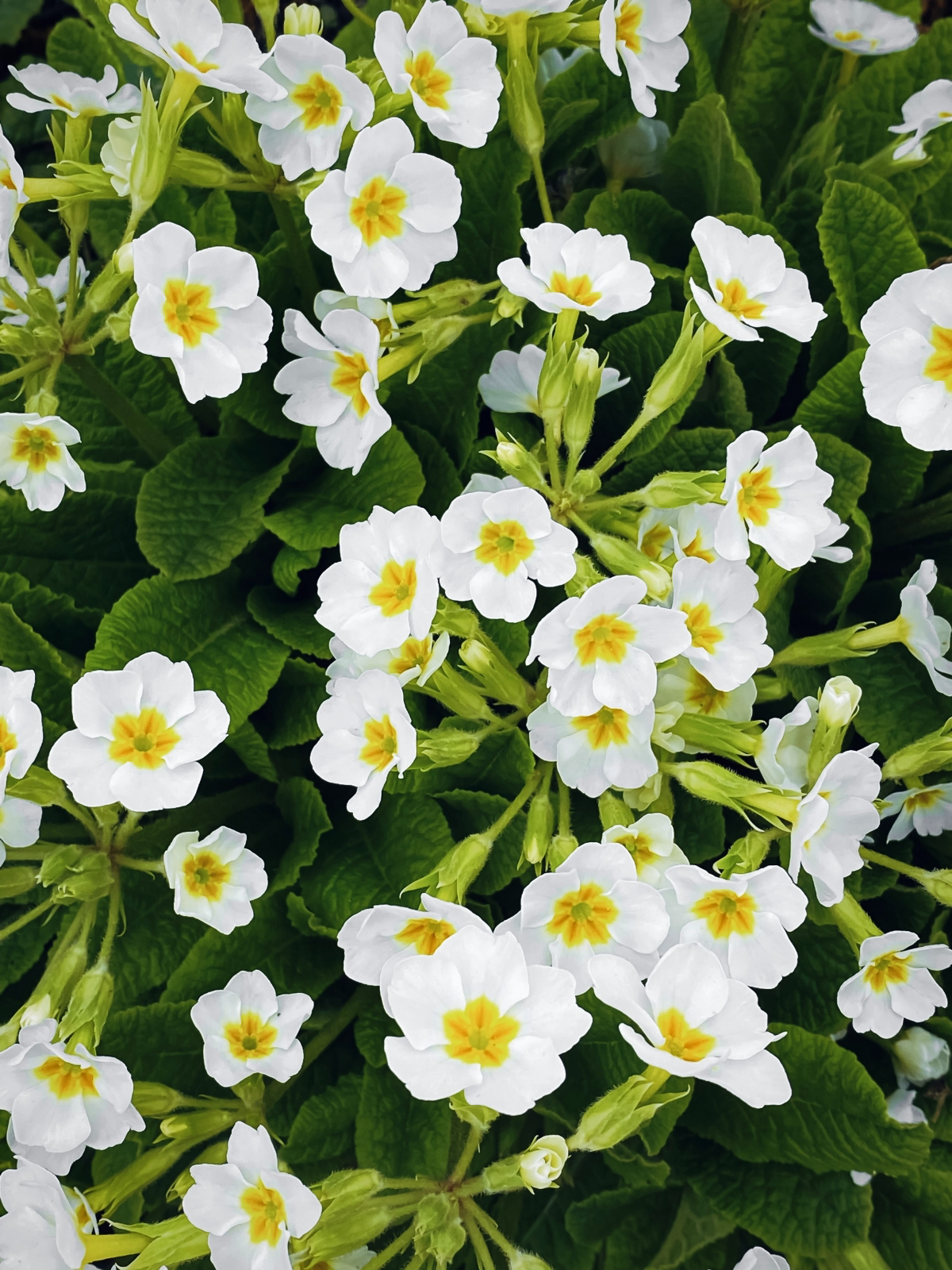
A Final Word of Advice
Good to know: some people can get an itchy rash from handling certain types of primroses. It’s not super common with the ones you usually find, but it’s always a good idea to wear gloves when you’re handling them a lot, especially when dividing. I learned that lesson the hard way once!
And when you go to buy your plants, try to find a real local nursery instead of a big-box store. The primroses sold at supermarkets are often ‘forced’ in a greenhouse to bloom perfectly out of season and aren’t bred for a long life in the garden. The best time to buy new primrose plants is in early spring or in the fall. Look for sturdy plants with a healthy root system, not just a huge mass of flowers.
Your mission, should you choose to accept it: find one shady, forgotten spot in your yard and plant just one primrose this season using these rules. It’s a small effort that will bring a huge smile to your face next spring, I promise.
Inspirational Gallery
Primroses thrive in communities that share their love for cool, dappled shade. Think about creating a tapestry of textures by pairing them with companions that enjoy similar moist, woodland-like conditions.
- Hellebores (Lenten Roses): Their leathery, evergreen leaves provide a beautiful contrast to the primrose’s softer foliage.
- Ferns: Varieties like the Japanese Painted Fern or the Hart’s Tongue Fern add delicate, feathery texture.
- Hostas: As primroses finish their spring show, the emerging leaves of hostas will fill the space beautifully.
Overwatering is a far greater danger to primroses than underwatering. Their fine roots cannot tolerate sitting in stagnant, waterlogged soil.
This is why the location is so critical. If you have heavy clay soil, improve it before planting. Dig in a generous amount of organic matter like leaf mould or composted bark to create a structure that holds moisture but allows excess water to drain away freely. It’s about creating a damp-but-not-soggy environment, just like on a forest floor.
Important point: The vibrant color of a primrose is directly linked to its health and location. If you notice your bright pink or deep purple primroses looking pale and washed out, the most likely culprit is too much direct sun. The intense light can literally bleach the pigment from the flowers. Move them to a spot with more shade to see their rich hues return.
Don’t be afraid to use the bold, jewel-toned Polyanthus primroses to create stunning color combinations. For a classic spring pairing, try planting deep blue primroses alongside the cheerful yellow of ‘Tête-à-Tête’ daffodils. The contrast is electric. For a more harmonious look, group purple primroses with the pale lavender of Chionodoxa (Glory-of-the-snow).
- Get more flowers the following spring.
- Prevent the center of the plant from dying out.
- Create new plants to expand your garden for free!
The secret? Divide your established primrose clumps every two to three years. The best time is right after they’ve finished flowering, giving them the whole summer to re-establish their roots before winter.
Can I really save that supermarket primrose?
Absolutely. Those potted primroses sold indoors are tougher than they look. Once the flowers fade, don’t throw them out. Instead, find a sheltered, shady spot outdoors. Plant it directly into the garden or a larger pot with good quality potting mix. Water it well and, in most cases, it will settle in and reward you with a new flush of flowers next spring.
The National Auricula and Primula Society was founded in the UK in 1872, highlighting a centuries-old passion for cultivating these charming flowers, from simple woodland species to the highly ornate show Auriculas.
For a touch of old-world romance, look for the ‘Belarina’ series of double primroses. These modern cultivars have lush, ruffled flowers that look more like miniature roses than traditional primroses. They come in a stunning range of colours, from creamy white (‘Belarina Cream’) to deep cobalt blue (‘Belarina Cobalt Blue’), and are perfect for containers on a shady patio where their intricate beauty can be appreciated up close.
Moist Soil: Feels like a well-wrung sponge. It is cool to the touch and clumps together when squeezed, but doesn’t drip water. This is the primrose’s happy place.
Soggy Soil: Water pools on the surface after watering, and the soil is muddy and heavy. This condition quickly leads to root rot, suffocating the plant.
Always aim for moist, not soggy. If in doubt, it’s better to let the very top of the soil dry slightly before watering again.
- Red Spider Mites: Tiny pests that thrive in hot, dry conditions and create fine webbing on the underside of leaves.
- Vine Weevils: The grubs are the real menace, eating the roots from below, causing the plant to suddenly wilt and die.
- Slugs and Snails: They love the tender leaves and can devour a young plant overnight.










